How Long Will Roof Last? Understanding Lifespan of Different Roof Types
Wondering how long will roof last? The lifespan of a roof varies greatly depending on the material: asphalt shingles last 15-30 years, metal roofs can last 40-70 years, and slate roofs may exceed 100 years. This article will break down the expected lifespans of various roofing materials and factors that influence their durability.
Key Takeaways
-
Roof lifespan varies significantly depending on material, ranging from 15 years for asphalt shingles to over 100 years for slate roofs.
-
Key factors influencing roof longevity include material quality, installation quality, local climate, and regular maintenance practices.
-
Homeowners should recognize signs of roof deterioration, such as leaks and missing shingles, to prevent costly damages and necessary replacements.
Lifespan of Different Roofing Materials
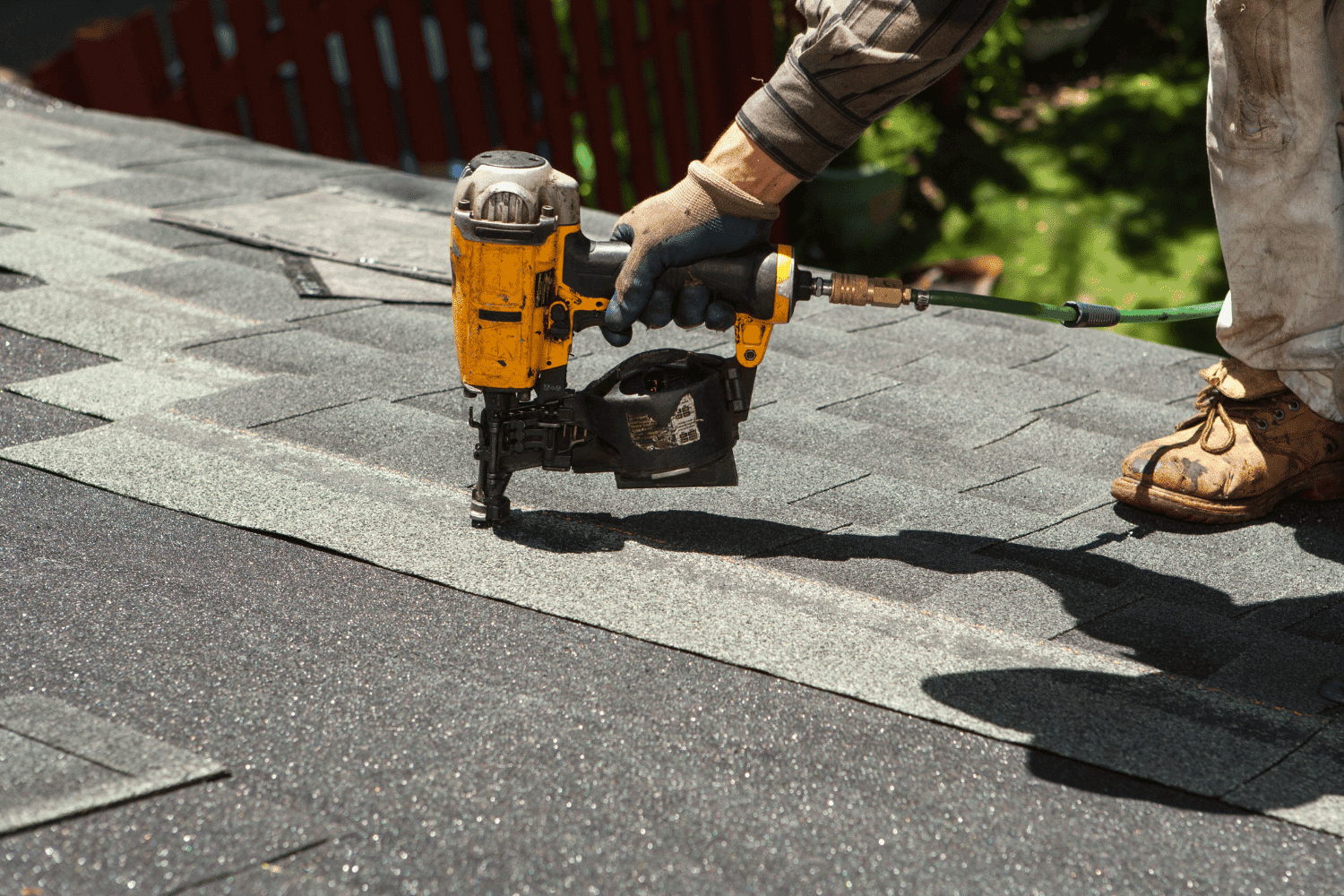
Roofs are made from a variety of materials, each offering different levels of durability and longevity. Knowing the roof’s lifespan of these materials helps in planning maintenance and anticipating roof replacement needs. Generally, roofing materials can last anywhere from 20 years to over 100 years. This wide range is due to the diverse types of materials available, each with unique characteristics and lifespans. So, how long does a roof last?
The lifespan of your roof largely depends on the type of roofing material used. For instance, built-up roofs typically last between 20 to 30 years, while composite roof shingles can last between 20 to 50 years. Premium materials like clay and concrete tiles often exceed 50 years in lifespan. Metal roofs, known for their durability, can last up to 70 years or more.
In contrast, traditional options like asphalt shingles may need replacement sooner but remain popular due to their balance of cost and longevity. Below are the specifics of each roofing material.
Asphalt Shingles
Asphalt shingles are among the most common roofing materials used in residential properties. They typically have a lifespan ranging from 15 to 30 years. The durability varies between types: three-tab asphalt shingles generally last about 15 to 20 years, whereas architectural shingles can endure for 25 to 30 years, making asphalt shingle roofs a popular choice.
Several factors influence the longevity of an asphalt shingle roof, including material quality, installation methods, and maintenance practices. Moreover, environmental conditions like extreme weather and climate also impact the durability and lifespan of asphalt shingles.
Metal Roofs
Metal roofs are renowned for their exceptional lifespan, often lasting between 40 to 70 years. High-quality metal roofs can extend this longevity up to 80 years or more. The lifespan varies depending on whether the roof is made of steel, aluminum, or premium metals like copper and zinc.
The popularity of metal roofs has grown significantly due to their durability and minimal maintenance requirements, with their market share increasing from 12% in 2019 to 17% in 2021. Their resilience in harsh weather conditions makes them a preferred choice for many homeowners, especially those considering a metal roof.
Slate Roofs
Slate roofs are celebrated for their remarkable longevity, often lasting over 100 years. In fact, with proper care and maintenance, some slate roofs can endure between 75 to 200 years. This durability comes from slate’s natural resistance to weathering. However, achieving this impressive longevity requires regular maintenance to address minor issues before they escalate.
While slate roofing is one of the most expensive options, its durability and timeless aesthetic make it a worthwhile investment for those seeking long-term solutions.
Concrete Tile Roofs
Concrete tile roofs are noted for their durability and longevity, often exceeding 50 years. These tiles are designed to withstand harsh weather conditions and provide substantial protection to the underlying structure. The robustness of concrete tiles makes them a popular choice in regions prone to extreme weather.
Regular maintenance and timely repairs can significantly extend their lifespan, ensuring they remain effective for decades.
Wood Shingles and Shakes
Wood shingles and shakes offer a natural aesthetic and typically have a lifespan of around 30 years. Cedar wood shingles, in particular, can last approximately 30 to 40 years. Wood shakes, which are thicker than shingles, can last even longer, with an expected lifespan of 40 to 50 years.
However, the longevity of wood roofing materials heavily relies on adequate maintenance, especially for a wood roof. Regular treatment to prevent rot and insect damage, along with timely repairs, maximizes their lifespan.
Key Factors Influencing Roof Lifespan
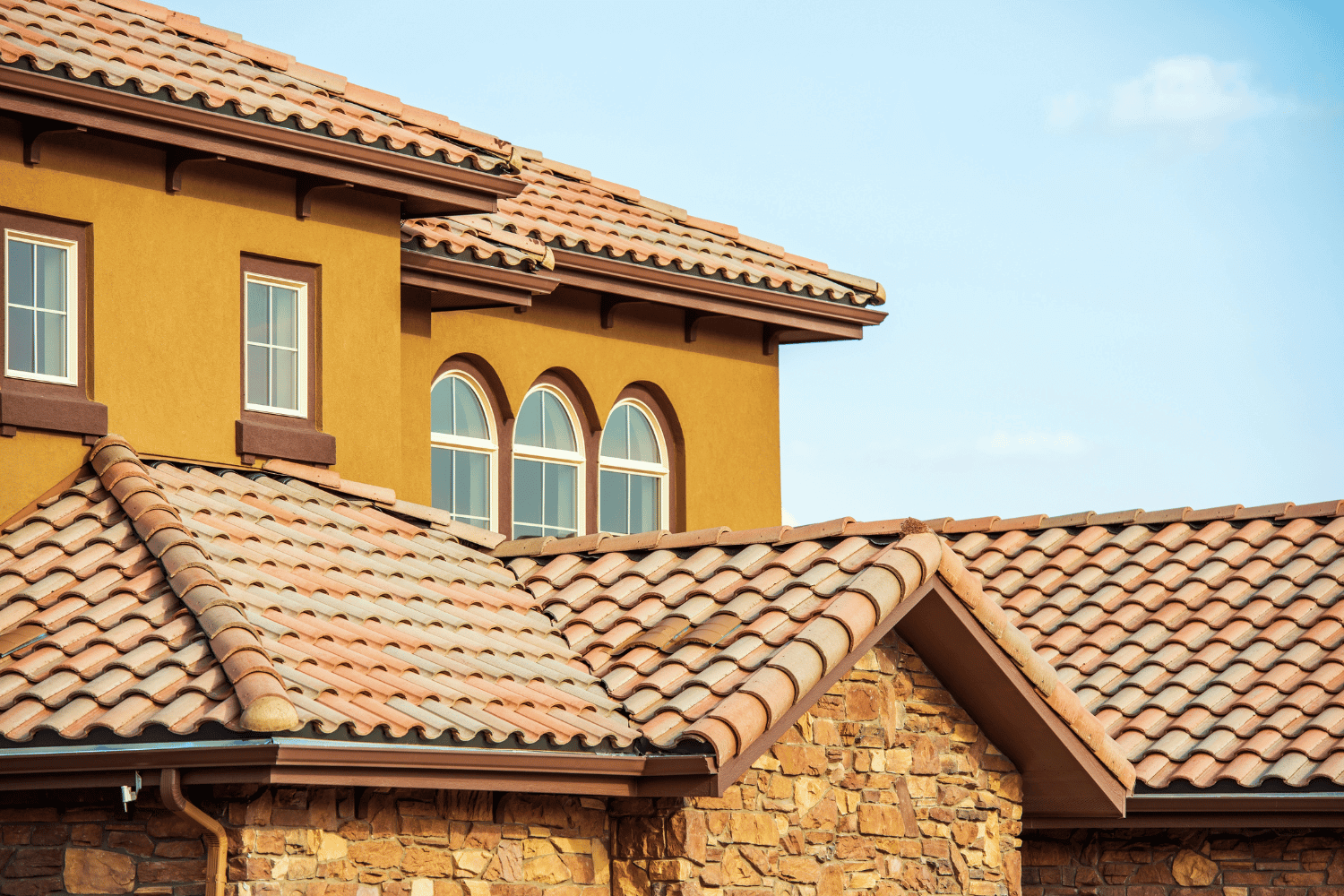
Several key factors, beyond just the materials used, determine the lifespan of a roof. Quality materials are fundamental, as higher quality typically means longer durability. However, even the best materials can fail prematurely if not installed correctly. Thus, professional installation ensures the roof performs as expected throughout its lifespan.
Additionally, the local climate and weather conditions can significantly impact roof longevity. Extreme temperatures, high winds, and severe weather events can accelerate wear and tear. Regular maintenance is essential to keep the roof in good condition and address minor issues before they become major problems.
Understanding these factors helps homeowners make informed decisions about their roofing systems. Below, we explore each factor to understand how they influence roof lifespan.
Quality of Materials
The type of roofing materials greatly affects the lifespan of a roof. High-quality materials can lead to a longer-lasting roof. Higher quality materials usually result in longer-lasting roofs. Premium metals such as copper and zinc can significantly enhance the durability of roofs. These materials can enable roofs to last for over 100 years.
The role of underlayment, which provides waterproof protection, is also crucial in determining the overall lifespan of roofing systems. While high-quality materials may involve higher upfront costs, they can save money in the long run by reducing the frequency of replacements and repairs.
Installation Quality
Proper installation ensures a durable and long-lasting roof. Poor installation can lead to significant issues such as mold and mildew, which can severely shorten the roof’s lifespan. Professional installation by reputable contractors minimizes the risk of errors that could lead to early failures.
The pitch of the roof also plays a role in its effectiveness; a well-installed roof with the correct pitch will shed water efficiently, reducing the risk of water damage.
Climate and Weather Conditions
Local climate and weather conditions profoundly impact the longevity of roofing materials. Extreme temperatures and severe weather events, such as high winds and heavy precipitation, can diminish a roof’s lifespan. Rapid temperature changes cause materials to expand and contract, leading to premature failure.
Moreover, manufacturing defects and extreme weather can necessitate more frequent replacements by reducing the lifespan of roofing materials. Considering the local climate is crucial when selecting roofing materials to ensure they can withstand the environmental conditions.
Maintenance Practices
Regular maintenance is vital for prolonging the life of roofing materials. Annual roof inspections and timely repairs can prevent minor issues from escalating into significant problems. Clearing debris, addressing moss growth, and ensuring granules remain intact on shingles significantly increases a roof’s lifespan.
Additionally, proper attic ventilation helps control temperature and moisture levels, reducing the risk of heat buildup and subsequent damage. Neglecting maintenance can lead to extensive damage and premature roof replacement.
Signs Your Roof May Need Replacement
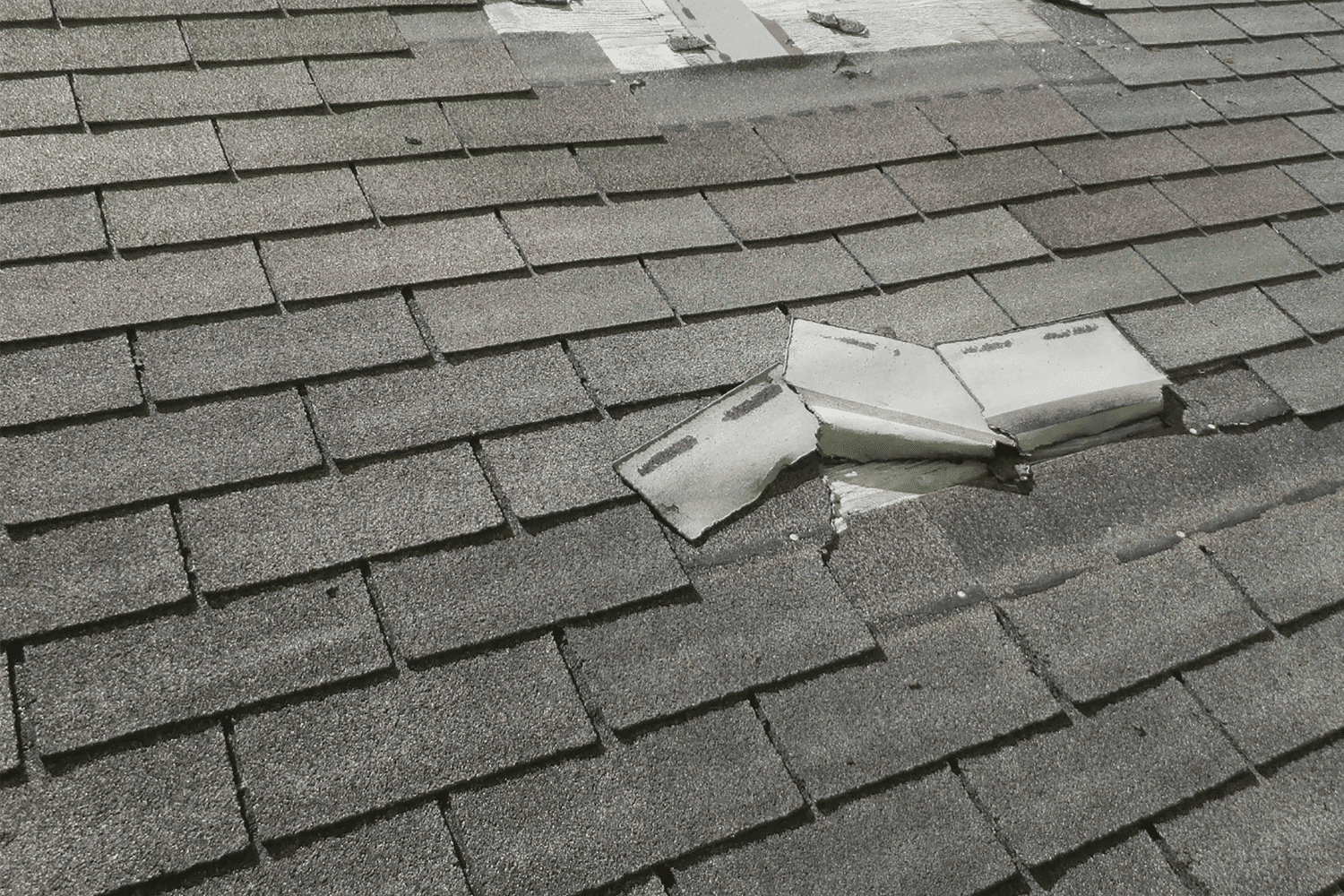
Recognizing signs that your roof may need replacement helps avoid costly damages and ensures home safety. Common warning signs include leaks, missing shingles, and visible damage to roofing materials. Identifying these signs early prevents further deterioration and expensive repairs. Interior warning signs, such as water stains on ceilings and walls, can also indicate roof issues. By paying attention to these indicators, homeowners can take timely action to maintain their roof’s integrity.
Recognizing these signs helps homeowners make informed decisions about roof maintenance and replacement. Here are specific signs that indicate your roof may need replacement.
Missing or Damaged Shingles
Missing or damaged shingles clearly indicate that your roof may need replacement. Cracked, curling shingles and mineral granules found in gutters signal significant wear and tear. Cracking parts of the roof suggest a potential need for a new roof. Ignoring missing shingles can lead to extensive damage to the rest of the roof, as exposed areas are susceptible to water infiltration and further deterioration.
Curling or cupping shingle edges result from age, extreme weather, or poor ventilation, all compromising the roof’s effectiveness.
Sagging Roof Deck
A sagging roof deck is a serious sign of structural issues that could compromise the integrity of the entire roof. A sagging roof often indicates water damage, structural weaknesses, or improper installation. Immediate attention is required to prevent more severe damage and higher repair costs.
In such cases, a full roof replacement may be necessary to ensure the safety and stability of your home.
Leaks and Water Damage
Leaks and water damage clearly indicate that your roof may need replacement. Missing or damaged shingles increase the risk of roof leaks, signaling roof deterioration. Promptly addressing small repairs can prevent leaks from worsening and causing extensive water damage.
Regular maintenance and timely repairs are crucial for extending a roof’s life expectancy. If left unattended, water damage can compromise the structural integrity of the roof, necessitating a full replacement.
Granules in Gutters
Granules from asphalt shingles in gutters significantly indicate roof wear. Granules in gutters suggest excessive shingle wear, leading to serious issues like leaks and deterioration. When granules are lost, the shingles become more vulnerable to heat and moisture, accelerating their degradation.
This excessive wear indicates a potential need for roof replacement to avoid further damage.
How to Extend Your Roof’s Life Expectancy
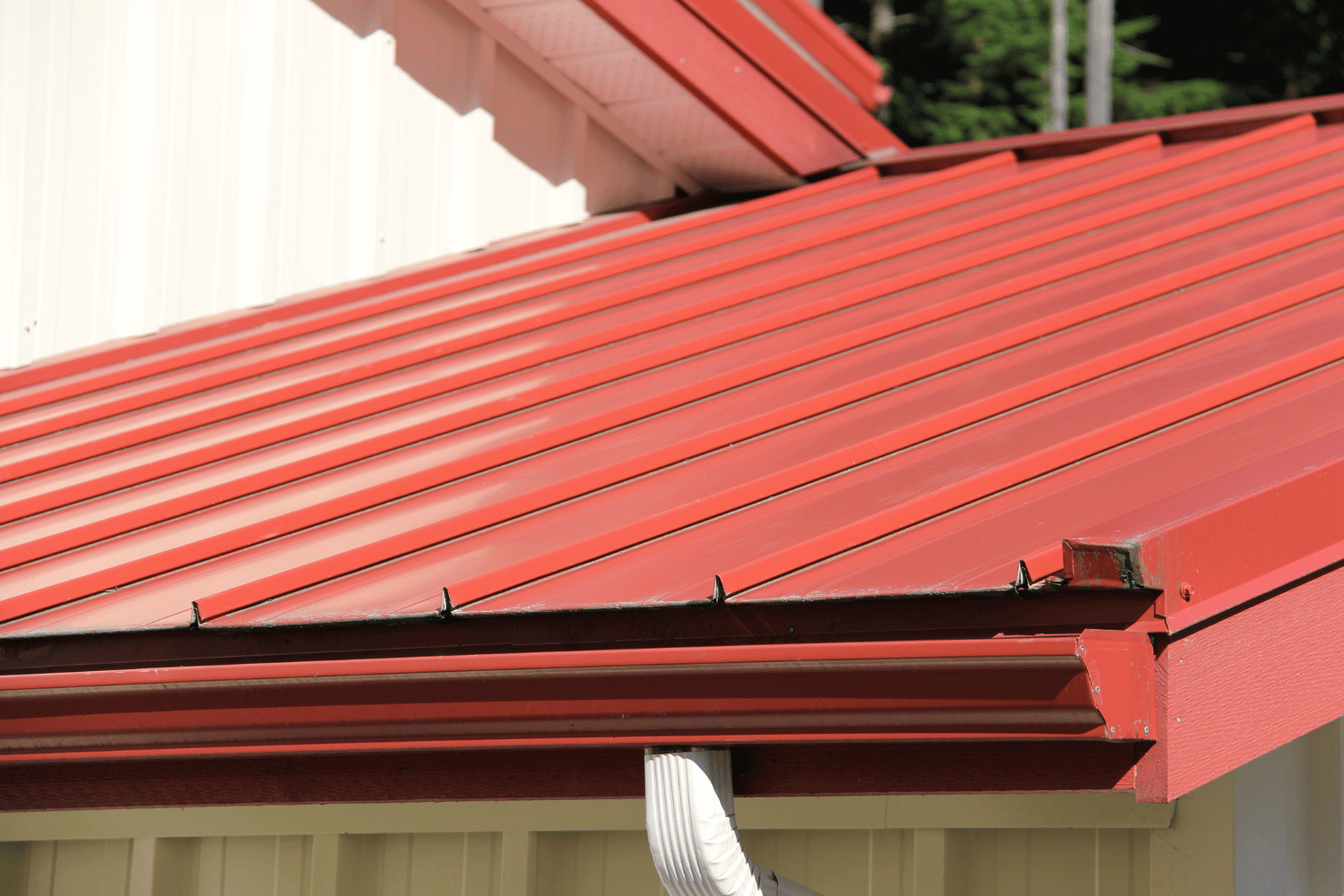
Extending your roof’s lifespan involves regular inspections, proper ventilation, and timely repairs. Regular inspections identify minor issues before they escalate, ensuring your roof remains in good condition. Proper ventilation prevents heat buildup that shortens shingle life.
Promptly addressing repairs prevents minor issues from developing into significant problems requiring a full roof replacement. Following these practices significantly extends the life expectancy of roofs.
Regular Inspections
Regular inspections are essential for maintaining your roof’s longevity. Ideally, these inspections should be conducted annually, or even twice a year, to catch potential issues early. Scheduling annual inspections and maintenance is crucial for preventing minor problems from escalating into major repairs.
Inspections help identify issues like damaged shingles, leaks, and other signs of wear and tear, ensuring prompt and effective resolution. This proactive approach significantly extends the life expectancy of your roof.
Proper Ventilation
Proper ventilation is critical for extending your roof’s lifespan. Adequate ventilation prevents moisture and heat buildup, which can damage the roofing structure and shorten its lifespan.
Ensuring your attic insulation is about 16 inches (R49) optimizes both insulation effectiveness and ventilation. Proper ventilation controls temperature and moisture levels, reducing the risk of heat buildup and subsequent damage, thereby prolonging your roof’s life.
Timely Repairs
Timely repairs are vital for extending your roofing materials’ life. Promptly addressing minor issues prevents them from developing into significant problems that require a full roof replacement. Fixing minor repairs promptly can significantly extend the roof’s life and save money in the long run.
By addressing issues before they escalate, you maintain your roof’s integrity and avoid costly repairs or replacements.
Understanding Roofing Warranties
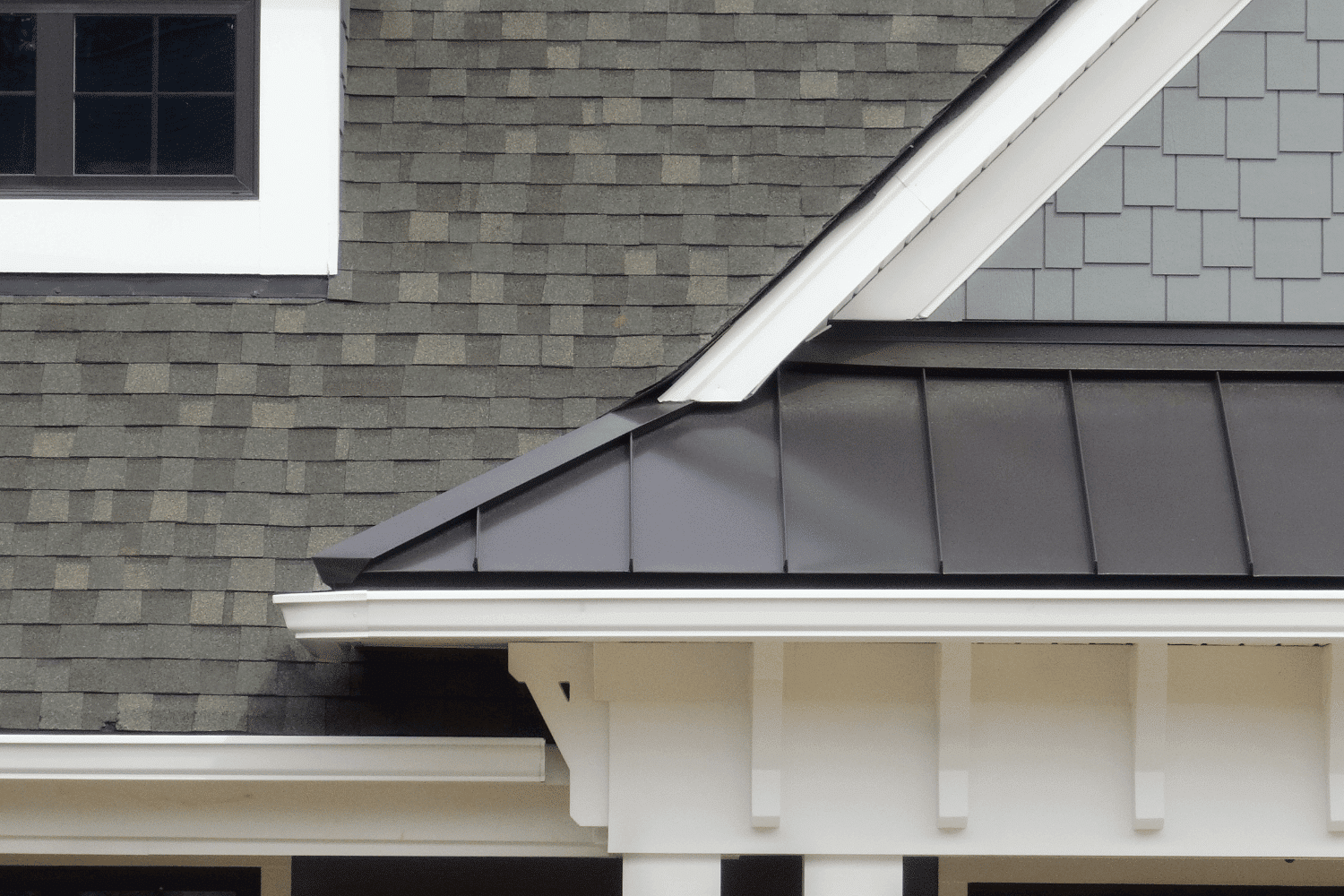
Understanding roofing warranties protects your investment in a new roof. Roofing warranties cover potential defects and installation issues, providing peace of mind.
Roofing warranties come in two main types: the manufacturer’s warranty and the workmanship warranty. The manufacturer’s warranty covers defects in roofing materials, while the workmanship warranty protects against installation errors. Knowing these warranty details helps homeowners make informed decisions about repairs and replacements.
Manufacturer’s Warranty
A manufacturer’s warranty covers material defects, protecting homeowners against costly repairs. These warranties typically last between 20 to 50 years, offering long-term peace of mind.
To keep a manufacturer’s warranty valid, homeowners must usually register it; failing to do so could mean paying full replacement costs. Understanding the manufacturer’s warranty terms and conditions ensures you are properly covered.
Workmanship Warranty
A workmanship warranty, typically lasting 5 to 10 years, protects homeowners against installation errors. This warranty covers damage caused by improper installation, holding the roofing contractor accountable for their work. If the roofing contractors company goes out of business, the workmanship warranty becomes void, making it crucial to choose a reputable contractor.
Knowing a workmanship warranty’s details provides additional security and assurance in the quality of your roof installation.
Summary
In summary, the lifespan of your roof depends on the materials used, the quality of installation, the local climate, and your maintenance practices. Asphalt shingles, metal roofs, slate roofs, concrete tile roofs, and wood shingles each have different lifespans and care requirements. Recognizing signs of roof deterioration, such as missing shingles, sagging roof decks, leaks, and granules in gutters, can help you take timely action to avoid costly repairs. Regular inspections, proper ventilation, and timely repairs are key to extending your roof’s life expectancy. Understanding roofing warranties further ensures that your investment is protected. By following these guidelines, you can ensure that your roof continues to safeguard your home for many years to come.
Frequently Asked Questions
How long does a roof typically last?
A roof’s lifespan typically ranges from 15 to over 100 years, depending on the materials used, with asphalt shingles lasting 15-30 years and slate roofs exceeding 100 years. It’s essential to choose the right material for your specific needs to maximize longevity.
What are the key factors influencing roof lifespan?
The key factors influencing roof lifespan are the quality of materials, the quality of installation, climate and weather conditions, and the frequency of regular maintenance. Ensuring attention to these areas can significantly enhance the longevity of your roof.
What are common signs that a roof needs replacement?
If you notice missing or damaged shingles, a sagging roof deck, leaks, or granules in your gutters, it may be time to consider roof replacement. Addressing these issues promptly can help prevent further damage to your home.
How can I extend the life expectancy of my roof?
To extend your roof’s life expectancy, conduct regular inspections, ensure proper ventilation, and address repairs promptly. This proactive approach can significantly enhance its durability and longevity.
What types of warranties are available for roofing?
The two main types of warranties for roofing are the manufacturer’s warranty, which addresses defects in materials, and the workmanship warranty, which covers any errors in installation. It’s essential to understand both to ensure complete coverage for your roofing needs.

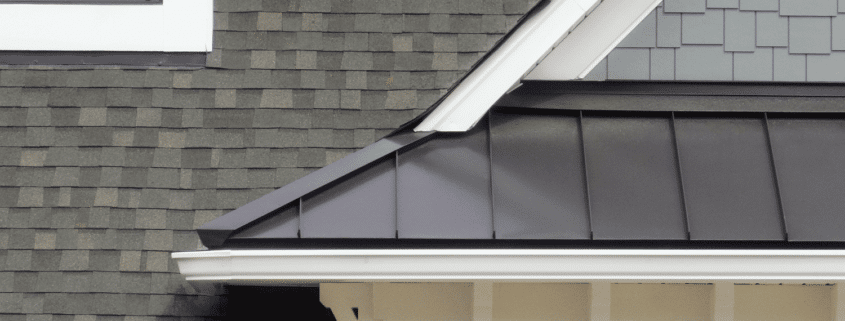

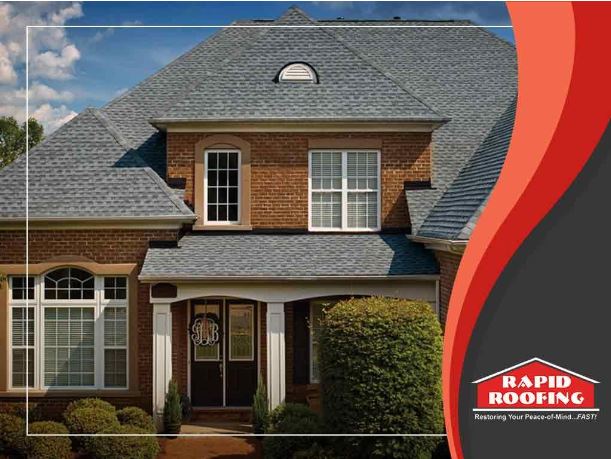
 Residential Roofing
Residential Roofing Storm Damage
Storm Damage Multi-Family Homes
Multi-Family Homes
